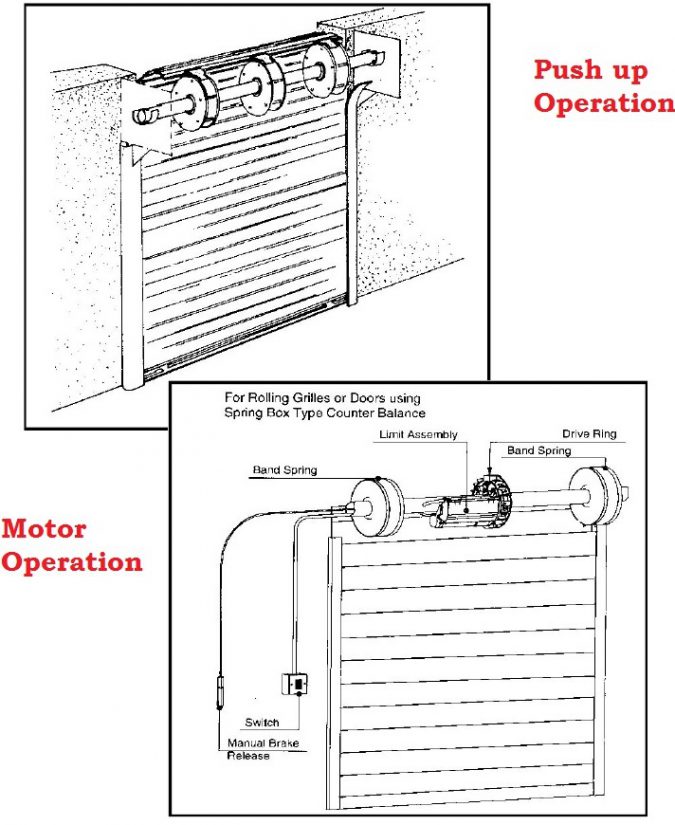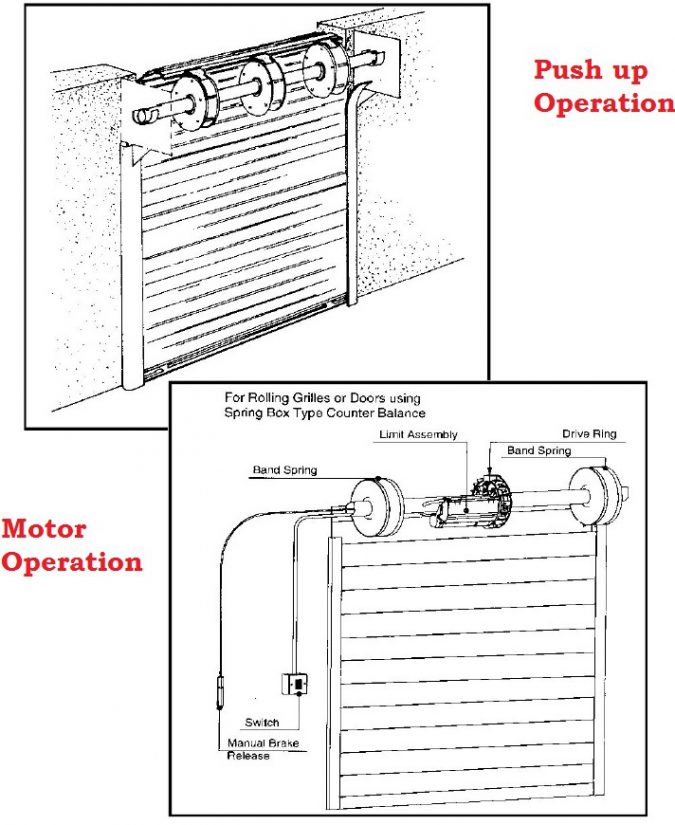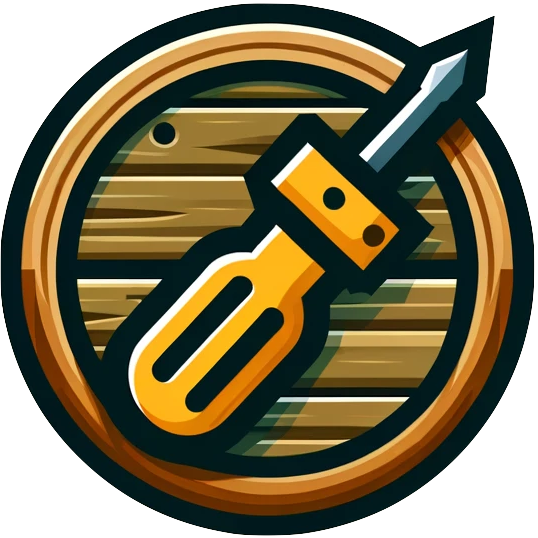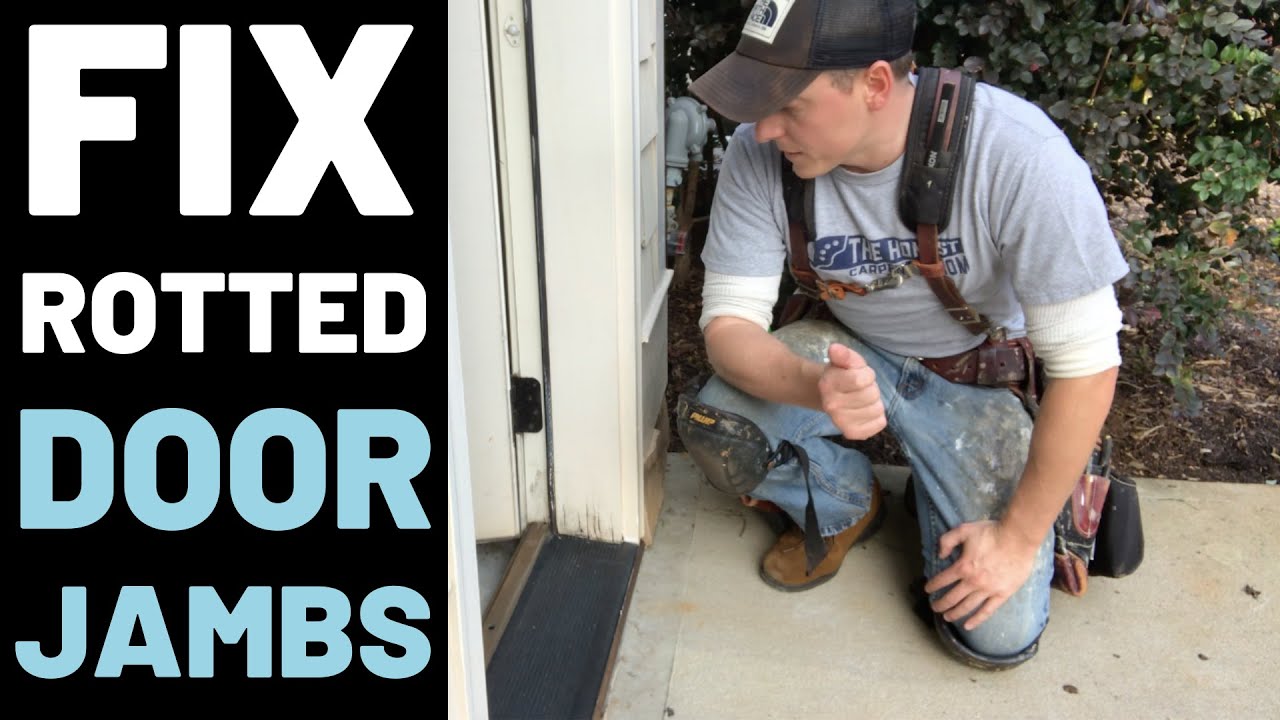Roll-up door jambs are critical components in industrial, commercial, and residential settings, ensuring smooth operation, security, and energy efficiency. Daily wear, environmental stress, and mechanical strain can compromise their performance, leading to safety risks and costly downtime. From troubleshooting misalignment to planning a full replacement, this guide provides actionable strategies to address common issues, select durable materials, and extend your door system’s lifespan.
1. Common Problems Requiring Jamb Repair or Replacement
Understanding the root causes of jamb failures helps prevent operational disruptions.
- A. Track Misalignment: Even minor deviations in track positioning force jambs to absorb uneven pressure. For example, a door scraping against its guides can warp the jamb over time, risking damage to adjacent walls (Dynamic Closures, 2025).
- B. Spring Tension Imbalances: Improperly tensioned springs, whether too tight or too loose, create chain reactions. Overly tight springs strain the jamb during operation, while loose ones cause abrupt stops that destabilize the system. According to MESA Garage Doors, 23% of jamb replacements stem from spring-related stress fractures.
- C. Worn Rollers or Hinges: Corroded rollers or frayed cables increase friction, transferring strain to the jamb. Left unaddressed, this accelerates wear and may require full jamb realignment (Race City Garage Door, 2025).
Pro Tip: Lubricate rollers and hinges every three months with silicone spray to reduce wear by 40% (Vortex Doors, 2025).
2. Roll-Up Door Jamb Installation: Materials and Best Practices
Selecting the right materials and methods ensures long-term durability.
- A. Masonry Jambs:
- Fasteners: Use 1/4" x 1-3/4" Powers Wedge-Bolts for secure anchoring.
- Alignment: Verify the “R distance” (the space between the guide and jamb) before securing fasteners with a masonry drill (Industrial Door Solution, 2025).
- B. Steel Jambs:
- Reinforcement: Opt for 1/4"-14 TEKS screws in high-traffic areas. For heavy-duty applications, weld mounting plates to the jamb to handle frequent cycles.
- C. Wood Jambs:
- Moisture Resistance: Treat pine or hardwood with water-repellent sealant. A Florida warehouse reduced rot-related repairs by 60% after switching to pressure-treated lumber (Workshop Community, 2025).
Safety Note: Always anchor fasteners into structural supports—never weld guides directly to jambs.
3. Diagnosing Jamb Failures: Repair vs. Replacement
Recognize these signs to act before minor issues escalate:
- Operational Resistance: Difficulty opening/closing often indicates misaligned tracks or warped jambs.
- Unusual Noises: Grinding suggests worn rollers, while rattling points to loose hardware.
- Visible Damage: Surface rust on steel jambs can be sanded and repainted, but rot exceeding 1mm depth in wood requires full replacement.
When to Call a Pro: Spring adjustments and structural realignments demand expertise. For doors over 12 feet tall, always hire a licensed technician.
4. Step-by-Step Roll-Up Door Jamb Repair Guide
- Step 1: Assess Damage: Check for rot, rust, or warping using a 4-foot level to verify jamb plumbness.
- Step 2: Remove Damaged Sections:
- Wood: Cut through nails with a reciprocating saw. Pry gently to avoid cracking adjacent drywall.
- Steel: Grind corroded areas, then prime and repaint with rust-inhibiting enamel.
- Step 3: Install Replacements: Secure new jambs with corrosion-resistant screws. For masonry, recheck alignment and seal gaps with silicone caulk to block moisture.
- Step 4: Test Functionality: Operate the door manually, ensuring a consistent ⅛” gap between the door and guides. Adjust track positioning if needed.
5. Maintenance Strategies to Extend Jamb Lifespan
Monthly Inspections: Tighten loose fasteners and replace cracked rollers immediately.
Climate-Specific Care: In coastal regions, apply anti-corrosion sprays quarterly. A Texas storage facility cut saltwater damage by 70% using zinc-coated hardware (ASIDoors, 2025).
Lubrication Schedule: Use lithium grease on steel components and silicone spray on nylon rollers.

6. Choosing the Right Jamb for Your Application
- Material Comparison:
- Galvanized Steel: Withstands 10,000+ cycles in warehouses. Lasts 2–3x longer than wood.
- Insulated Aluminum: Reduces thermal bridging (heat transfer through the jamb) in cold storage units, cutting HVAC costs by 12–15% (Cookson Door, 2025).
- Operational Needs:
- High-Traffic Areas: Reinforce jambs with steel plates to handle 50+ daily cycles.
- Hurricane Zones: Select jambs meeting ASTM E1886 standards to resist 150 MPH winds.
7. Cost Considerations and DIY Risks
Repairs: $200–$1,000 for track adjustments or roller replacements.
Full Replacement: $2,200 for basic steel jambs; $18,000–$25,000 for high-security insulated models.
DIY Pitfalls: Avoid using untreated wood in humid areas—a common mistake that leads to recurring rot.

8. Environmental Impact on Jamb Performance
- Temperature Swings: Insulated jambs with thermal breaks prevent warping in regions with ±50°F (±28°C) fluctuations.
- Coastal Climates: Powder-coated aluminum resists salt corrosion 50% longer than standard steel.
Conclusion
Roll-up door jambs are the backbone of reliable door systems, yet their maintenance is often overlooked. To extend their lifespan by 10–15 years, you must conduct routine inspections, choose climate-appropriate materials, and address issues early. For complex repairs, particularly those involving springs or structural adjustments, partnering with a professional ensures safety and compliance. Remember, a well-maintained jamb isn’t just a detail, but your first line of defense against operational downtime.


